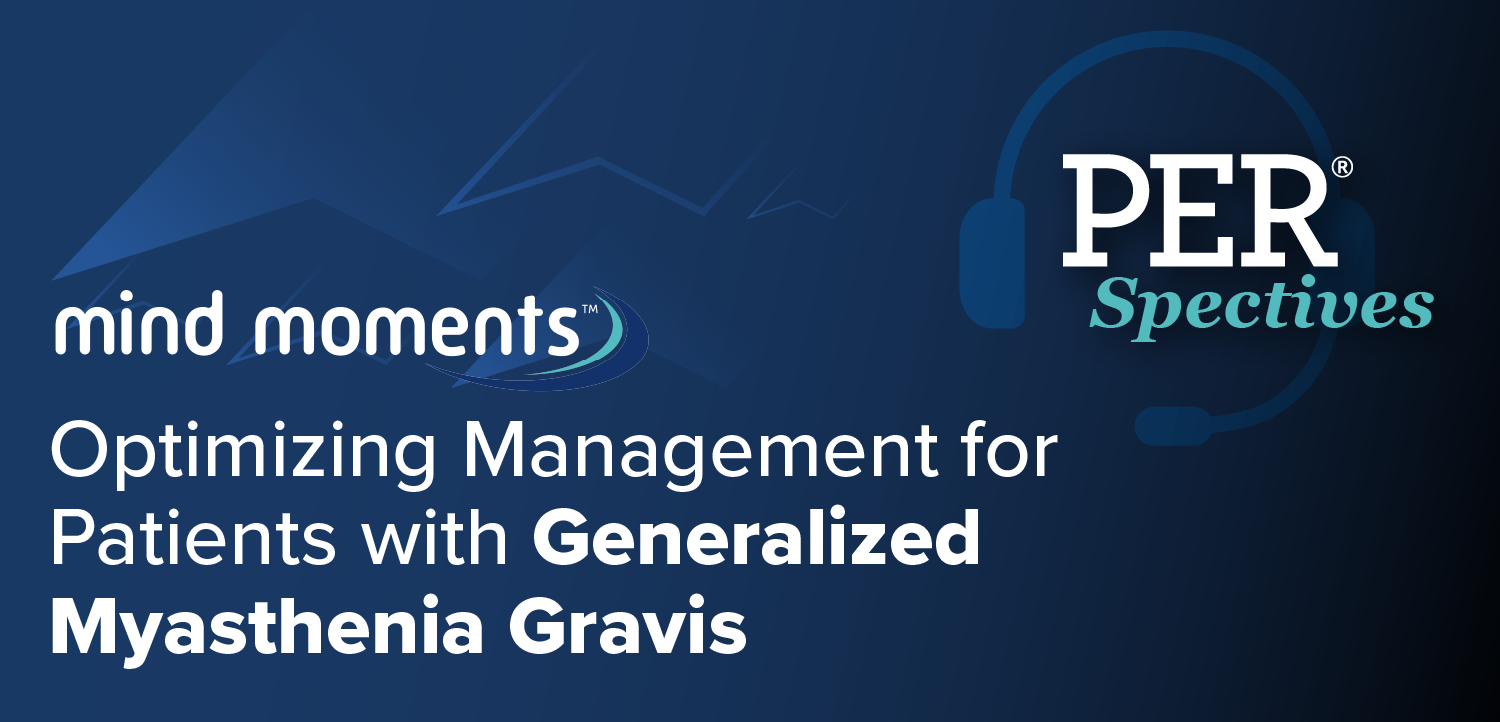
LivaNova’s VNS Therapy Maintains Effectiveness in Drug-Resistant Epilepsy in Latest 2-Year Data
Key Takeaways
- LivaNova's CORE-VNS study shows sustained seizure reduction in drug-resistant epilepsy patients using VNS Therapy, with a 77% median reduction at 24 months.
- At 24 months, 42.6% of patients reported seizure freedom for the three months prior, indicating significant efficacy of VNS Therapy.
New findings showed that adjunctive VNS therapy led to sustained reductions in generalized tonic-clonic seizure frequency, supporting its long-term efficacy in patients with drug-resistant epilepsy.
LivaNova has published 24-month data from the 3-year CORE-VNS study (NCT03529045) in Epilepsia, showing sustained reductions in generalized tonic-clonic (GTC) seizures among patients with drug-resistant epilepsy (DRE) following treatment with vagus nerve system (VNS) Therapy. The company noted that participants from CORE-VNS have been followed through the 36-month study interval, and it is in the process of publishing those outcomes.1,2
Among 115 patients with drug-resistant epilepsy and generalized seizures at baseline, the median reduction in GTC seizure frequency was 73.9% at 12 months, with 37% of participants reporting seizure freedom from GTCS for the 3 months prior to the 12-month follow-up. Treated patients remained stable at 24 months, with a median GTCS reduction of 77%. In addition, 42.6% of patients reported seizure freedom for the 3 months prior to the 24-month visit.
“GTC seizures can be some of the most severe and debilitating seizures a patient can experience,” lead author Ana Suller Marti, MD, assistant professor of neurology at Western University in London, Ontario, Canada, said in a statement.1 “The observed reductions in seizure frequency and severity, as well as the achievement of complete seizure freedom in some cases, are key findings that clinicians should be aware of.”
READ MORE:
The CORE-VNS study assessed comprehensive outcomes of real-world evidence for over 800 patients with epilepsy treated with VNS Therapy globally. Researchers noted that the participants included in this analysis had a median of 10 years between epilepsy diagnosis and VNS Therapy implantation. In the interim analysis, approximately half of those who experienced GTC seizures were under 18 years of age, and nearly all (94%) had no prior history of epilepsy surgery.
Following 12 months of VNS, the number of participants who reported the postictal severity of their most debilitating seizure as “severe” or “very severe” decreased from 52.8% to 25.3% (21/83). Additionally, the percentage of participants that reported these levels of postictal severity was 26.3% (20/76) after 24 months of VNS. The company noted that participants' drug load did not significantly change during the follow-up and adverse events were consistent with those previously documented in patients with DRE using VNS.
“I am struck by the significant seizure burden carried by the people, many of whom are so young, in this real-world dataset. Participants in this study failed a median number of six anti-seizure medications—some even as high as 20—and had a median of four tonic-clonic seizures per month at baseline,” Stephanie Bolton, LivaNova President, Global Epilepsy, said in a statement.1 “Our focus remains on contributing to the science of the treatment of epilepsy, working in partnership with physicians, and transparently communicating the latest scientific information available.”
REFERNECES
1. LivaNova Announces CORE-VNS 24-Month Data Show Adjunctive VNS Therapy is Associated with Substantial Reductions in Generalized Tonic-Clonic Seizures in People with Drug-Resistant Epilepsy. News Release. Published June 5, 2025. Accessed July 8, 2025. https://investor.livanova.com/news-releases/news-release-details/livanova-announces-core-vns-24-month-data-show-adjunctive-vns
2. Suller Marti A, Verner R, Keezer M, et al. Reduction of generalized tonic-clonic seizures following vagus nerve stimulation therapy: CORE-VNS Study 24-month follow-up. Epilepsia. Published online April 1, 2025. doi:10.1111/epi.18371
Newsletter
Keep your finger on the pulse of neurology—subscribe to NeurologyLive for expert interviews, new data, and breakthrough treatment updates.




































